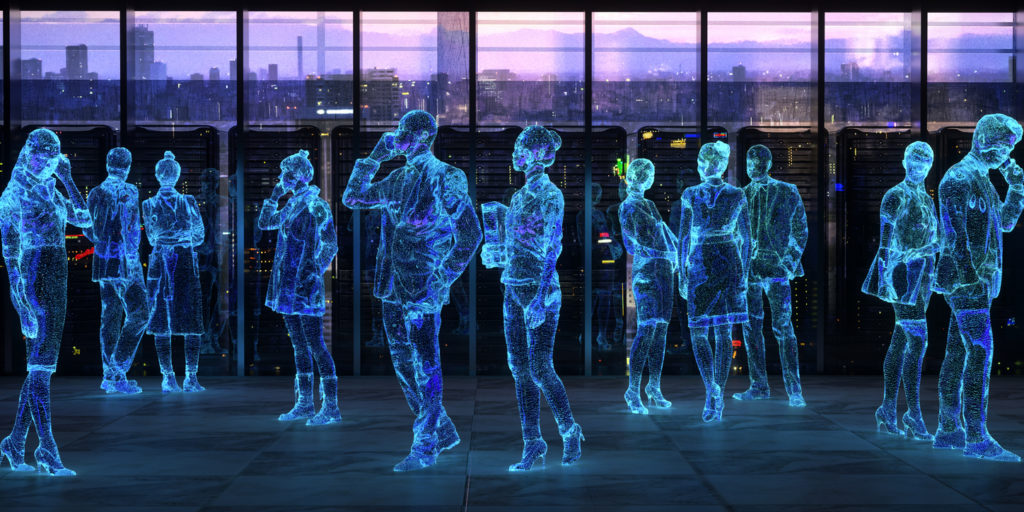In March 2022, just one day after they debuted their ApeCoin (APE) crypto, the creators of the Bored Ape Yacht Club (BAYC), Blockchain technology company Yuga Labs announced their newest initiative, the Otherside Metaverse, in a teaser video on Twitter.
The video showed a Bored Ape fishing outside the Club. Rather than a fish, he ‘catches’ a bottle. After he drinks whatever is in the bottle, he is transported into a world called ‘Otherside’. During his journey, he also sees several other NFT characters, including Cool Cats, Mutant Apes, World of Women, CryptoPunks, Nouns, The Meebits, and CrypToadz. This may be a hint that the gamified, interoperable BAYC Metaverse will be an MMORPG (Massively Multiplayer Online Role-Playing Game) that will link up other NFT worlds as well.
The aim is for Otherside to be an open, immersive, interactive and ever-evolving Metaverse. Here players can own, and even build, unique characters and experiences on virtual land. And a Koda roams on a very few of these plots of lands. What exactly is a Koda, you may ask? Well, not much is known about them other than they are the beings that transport your avatar to the Otherside.
What is an Otherside Otherdeed?
The key to discovering and building land in Otherside is an Otherdeed. Otherdeeds were launched on the Ethereum network through a public sale on Saturday April 30, 2022, as a collection of 55,000 parcels of land. The complete supply of Otherdeeds adds up to 100,000. The other 45,000 are reserved for Yuga Labs employees and partners and Bored Ape NFT holders.
Needless to say, there was a lot of excitement in the NFT community after the news of the BAYC drop. However, nobody could have predicted that the demand for the digital land during the Otherside mint would cause such a kerfuffle.

So, what happened?
Originally, the Otherdeeds launch was to be released via Dutch auction. A Dutch auction is when prospective NFT buyers are given the chance to bid on NFTs ahead of the sale. They place a bid that equals the amount they are willing to spend on the NFTs. On the day of the sale, the project creators analyse all the bids and come up with the highest point at which the NFTs will be sold. The sale begins, and people can start to purchase NFTs at the designated price.
Previously, Dutch auctions were used to avoid enormous gas fees on the Ethereum Blockchain. This is created by several NFT collectors trying to mint their new NFTs at once. However, Yuga Labs received backlash over this plan, as NFT community members are generally not fans of Dutch auctions.
What exactly are gas fees?
Gas fees are paid to compensate for the computing energy needed to process and validate transactions on the Ethereum Blockchain. The greater the demand for Ethereum, the more expensive the gas fees become.
So, instead of a Dutch auction, just two days before the sale was launched, Yuga Labs announced that it had made a decision to distribute Otherdeeds in ‘waves’. Prospective buyers could only use the ApeCoin cryptocurrency to buy them. The flat rate was set at 305 ApeCoin per Otherdeed (APE was valued at around $20 during the sale), which meant that every Otherdeed would cost around $6,100.
Yuga Lab’s plan was the issue Otherdeeds in waves. At the beginning of the sale (‘Wave 1’), there would be a limit of two Otherdeeds minted per each wallet. As soon as gas fees would return to reasonable limits, the second wave would begin, where which wallets could mint up to an additional four Otherdeeds.
In this way, they hoped that limiting the number of NFTs each user could buy at a time would ease the high gas prices.
Why didn’t this work?
In actual fact, the sale never even reached the second of a proposed five+ waves. The price of each Otherdeed failed to deter prospective buyers, leading to a surge in demand… and excessive gas fees.
When you bid for an NFT and fail to win the bid, you still must pay the gas fee. This meant that some people, for example, were having to pay upwards of one to two Ether (ETH) for a simple (failed) transaction. So they certainly were not paying peanuts.
The surge in gas fees did not only affect people trying to buy Otherdeeds. Anyone making purchases on the Ethereum Blockchain paid sky-high gas fees during the time of the sale.
Ultimately, the $300 or so million in Otherdeed sales raised almost $200 million in gas fees in the first 24 hours of the sale.
Otherside… after the sale
The day after the sale, Yuga Labs took to Twitter and apologised for ‘breaking’ the Ethereum Blockchain for a period. They added that, in their opinion, ApeCoin will need to move to its own Blockchain eventually.
On May 4, Yuga Labs said that they will be refunding the gas fees of those users who had had their transactions fail.
On May 11, they posted a tweet directing those people who had purchased Otherdeeds to a website. Here they will find more information about the strange new world that is Otherside.